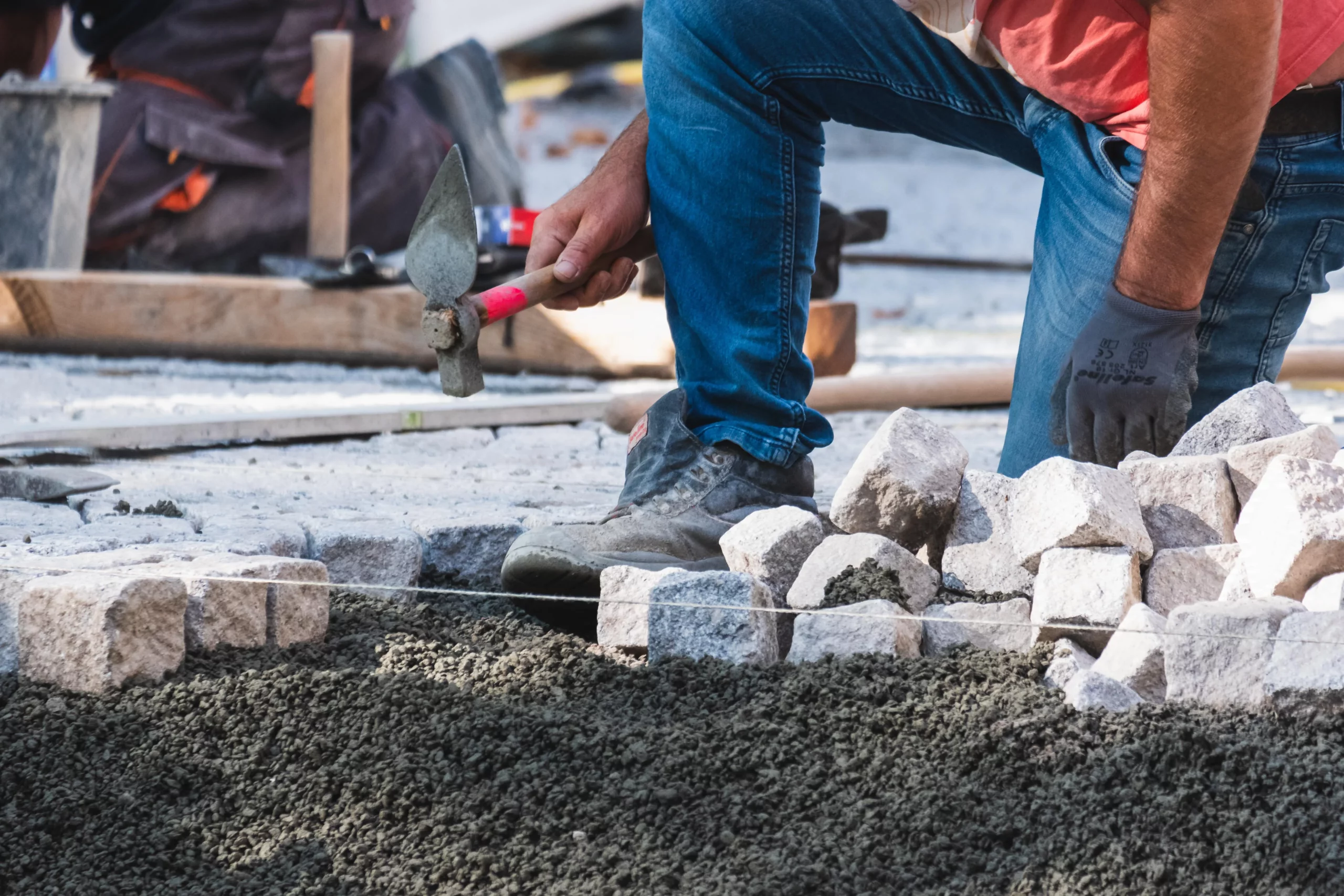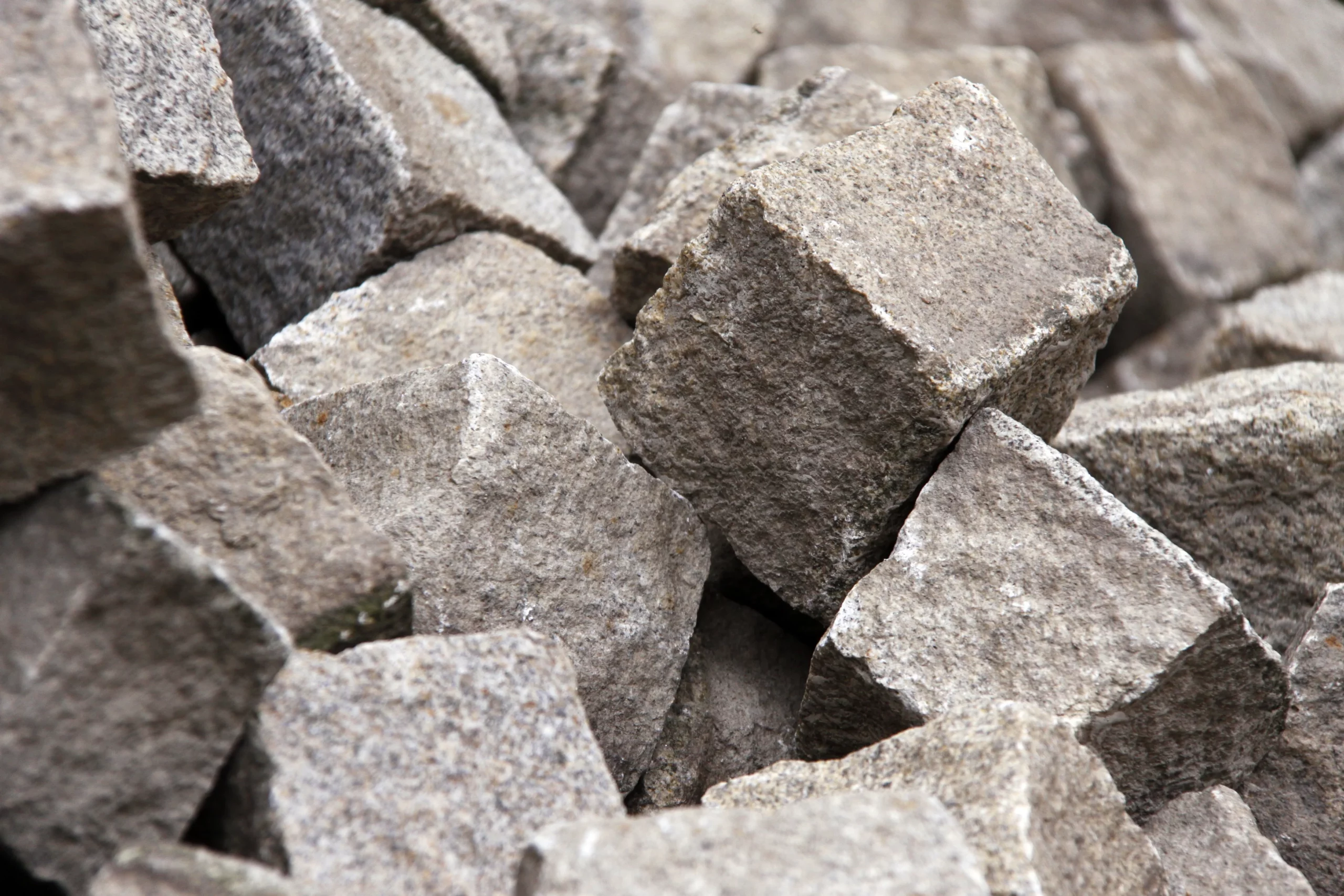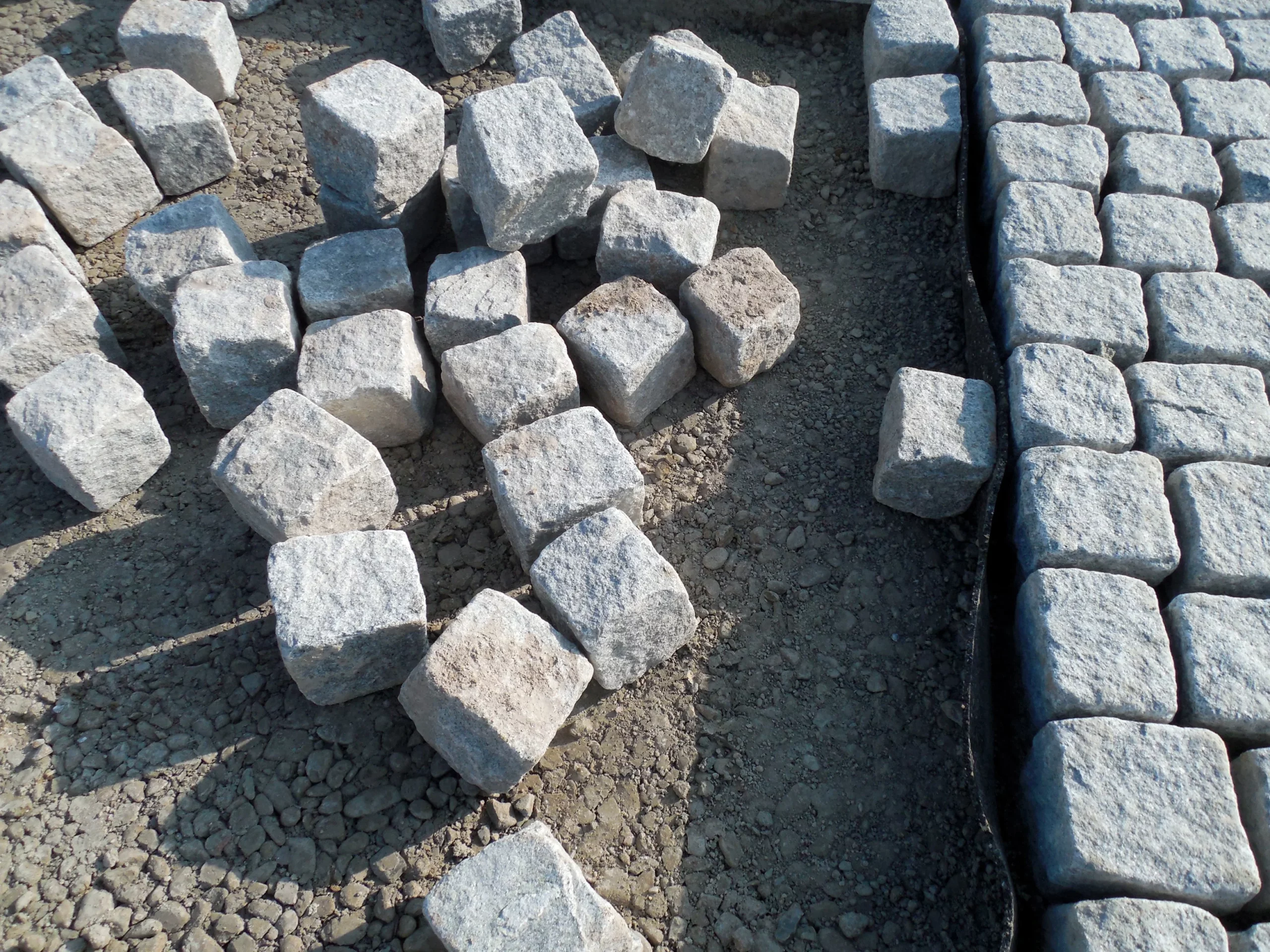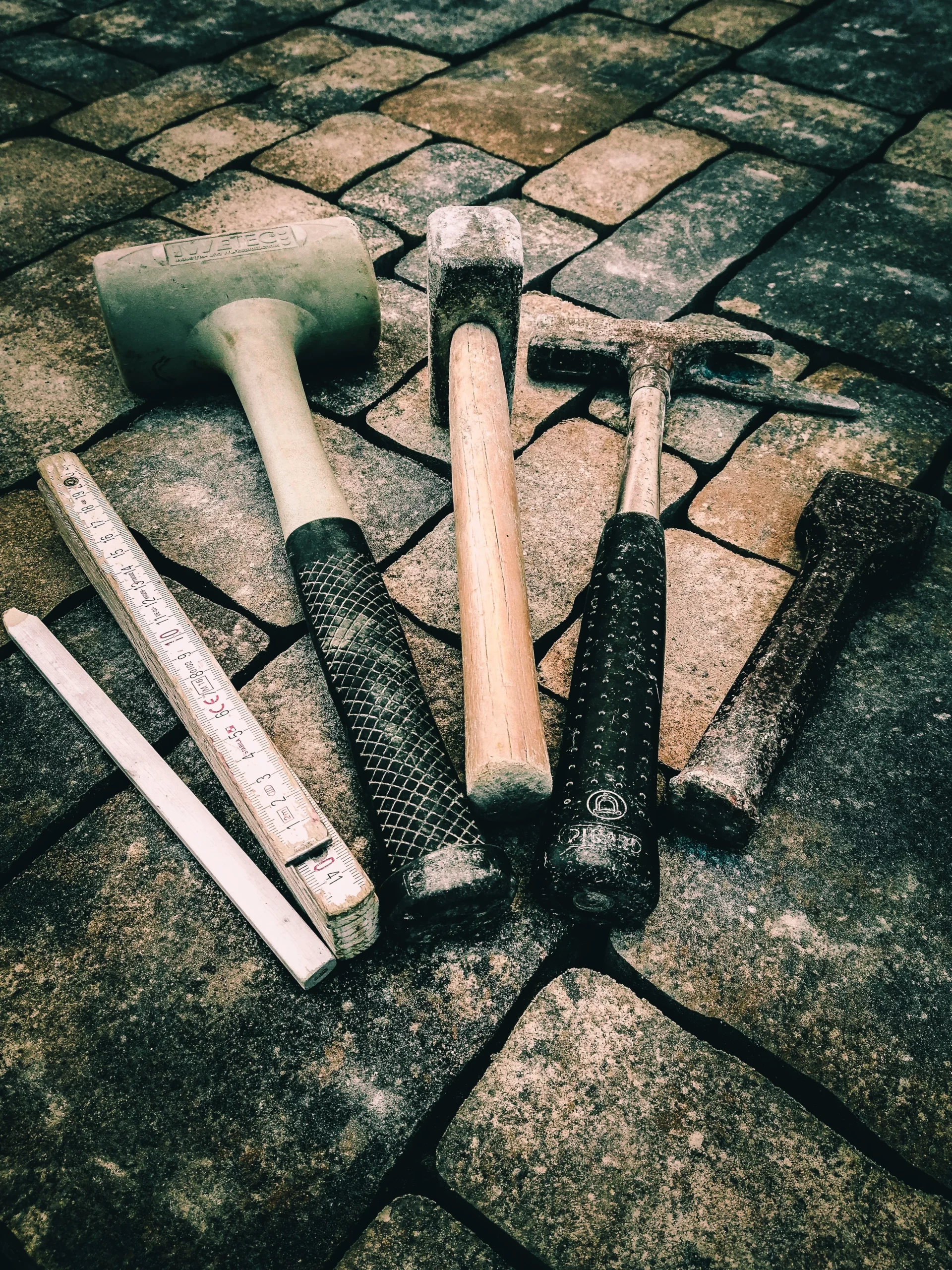Substrate Preparation
Ensure that the substrate is properly prepared – flat, clean, and dry. Proper substrate preparation is key to the durability and stability of the stone.Selection of Adhesives and Grouting Materials: Use appropriate adhesives and grout materials suited to the type of stone and conditions (interior or exterior use, exposure to moisture or temperature changes).
Finishing and Impregnation: After installation, it is recommended to apply protective coatings (impregnation) that protect the stone from stains, moisture, and wear, extending its lifespan.
Regular Maintenance: To preserve the beauty and functionality of natural stone, regularly use specialized cleaning agents and avoid harsh chemicals that may damage the surface.

- Selection of Stone Type Based on Purpose
- Substrate Preparation
- Choice of Adhesives and Grouting Materials
- Finishing and Impregnation
- Regular Maintenance












